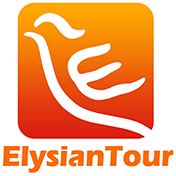Guide on Hong Kong Public Transport
In spite of the sprawling city size and enormous population, Hong Kong is a friendly travel destination that could be easily explored without a private car. Public transport in Hong Kong is highly developed, and navigating through the major attractions is relatively painless. Fast, cheap, efficient and easy to use, Hong Kong's public transport systems are one of the best in the world, with a wide variety of traveling methods including MTR, buses, tramways, ferries and taxis as well as a few other fun ways.
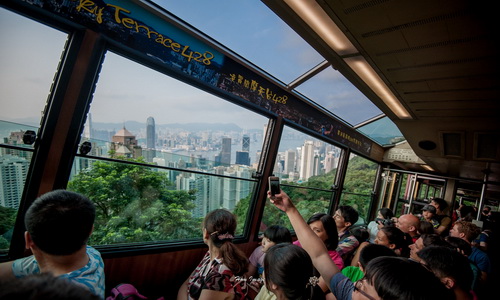
No matter hitting the popular spots on Hong Kong Island & Kowloon or looking to discover Hong Kong off-the-beaten path on Lantau Island and in the New Territories, you would find a public transportation option that will get you there. What's more, you are able to take advantage of a convenient payment method known as the Octopus Card, which could be easily obtained at any MTR station. It will save you money and time both. Here is a guide to help you use the public transport to get around Hong Kong like a pro.
MTR (Mass Transit Railway) is arguably the easiest and quickest way to travel around Hong Kong. With a total of 11 lines and over 150 stations, the MTR system spans over Hong Kong Island, Kowloon, the New Territories and Lantau Island, and even extends to the mainland China via the East Rail Line to Lo Wu Station in Shenzhen. The MTR network connects nearly all the major attractions of the city. Most MTR trains start service at about 06:00 am, and terminate around 11:30 pm, but some could keep running till 1:00 am.
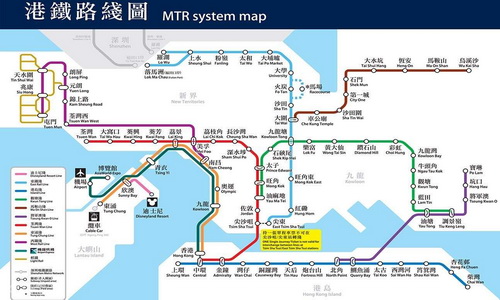
You can purchase a one-way ticket with coins and cash for each journey, and the fare for a ticket ranges from HK$4- HK$25, which is depending on the distance traveled. Or you could get a rechargeable Octopus card or a tourist day pass, both of which could save you money. The network of Hong Kong MTR is quite easy to navigate. Lines are marked with different colors, and stations for transfer are pointed out. English signs for directions are everywhere, and exits are clearly signposted, both overhead and on the walls. On the platforms, there will be screens showing the estimated arrival times for incoming trains.
Buses in Hong Kong are well connected and easily accessible. There are about five bus companies that provide franchised bus service across the city with more than 700 routes in operation. The extensive bus system enables to deliver you to anywhere in the territory, while most travelers would choose buses to explore the further-flung places like the New Territories and Lantau Island. Like the MTR, bus fares in Hong Kong vary depending on the distance travelled. Most buses only take exact change. Thus you'd better have an Octopus Card to pay unless you've got a pocket full of coins.
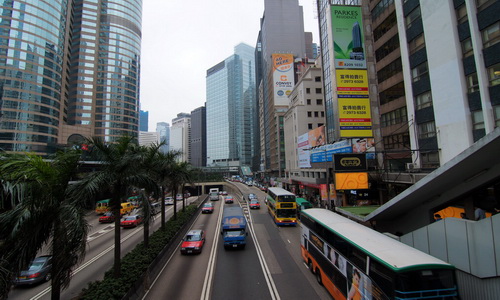
In addition to the regular buses, there are also a lot of minibuses running throughout the city with two main types: the green ones follow specific routes, stops and fares, and the red ones are more flexible, mostly in a roughly hop-on hop-off manner. Like the sightseeing tram, the double-decker buses are also served around Hong Kong. Riding on one of them, tourists are able to photograph fantastic views of the city.
Advantaged by its maritime location, Hong Kong is still a city much relying on ferries to get across the harbour and move to the Outlying Islands. The most famous ferry service in Hong Kong is, no doubt, the iconic Star Ferry that operates voyage lines across Victoria Harbour since 1888. The legendary cross-harbor ferry shuttles passengers between Central Pier and Wan Chai on Hong Kong Island to Kowloon for just a few pocket coins, and it is faster and cheaper than buses and blessed with one of the most stunning cruising views of skyline in the world. There are also other ferry companies providing cruise service to the outlying islands.
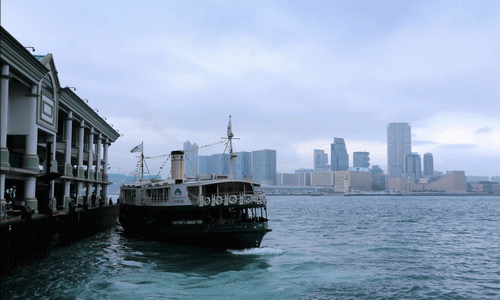
Most ships are comfortable, clean and air-conditioned. Toilets and basic bar for snacks and drinks are sometimes available on board. The fares for ferry service are usually reasonable, but it may a bit higher on weekends and public holidays.
Besides, ferries are available from multiple places in Hong Kong to Macau, and there are boats of different classes and speeds for you to choose from. Ferry service is also accessible from Hong Kong International Airport to some ports of mainland like Shenzhen, Donggaun, Guangzhou and Zhuhai.
If you hate crowds on MTR or arrive in Hong Kong with big luggage, you might want to grab a taxi. Taxis in Hong Kong are excellent options to get around, especially for the transfer from airport to distant places. There are three main types of taxis in operation in Hong Kong, distinguished by colors and service regions. The red ones could run through most of Hong Kong except some parts of Lantau Island whereas in the New Territories they are green, whilst on outlying island including Lantau they are sky blue.
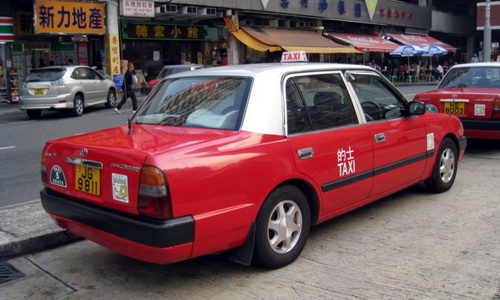
In most cases, you can easily flag down a taxi off the street. There are plenty of taxis available throughout the day and night in Hong Kong, while you may could hardly find one in rainy hours or around 4.00pm when drivers change shifts. It is always wise to use licensed taxis which clearly display the information of registration and drivers on the dashboard. Most drivers are honest, but if you feel like being ripped off, you can request the driver turn on the taximeter and take down the taxi or driver's license number for complaints.
You can tip the taxi drivers up to 10%, but most Hong Kong natives just leave the little brown coins and a dollar or two. Besides, please note that Hong Kong law requires everyone in a vehicle shall wear a seat belt.
Also known as ding dings, Hong Kong's double-decker tram is one of the most classic delights for getting around Hong Kong neighborhoods like Wan Chai, Causeway Bay, and North Point on Hong Kong Island. They are old, narrow and slow, but they offer the city's most scenic routes, and it is an ideal way to go on an inexpensive city sightseeing tour. If lucky, you could get a seat at the front window on the upper deck for first-class views while rattling through the crowded streets. Unlike buses and the MTR, Hong Kong tram has a set price (HK$2.70 per pal) whatever distance you travel, while you must either have exact change or use your MTR Octopus card.
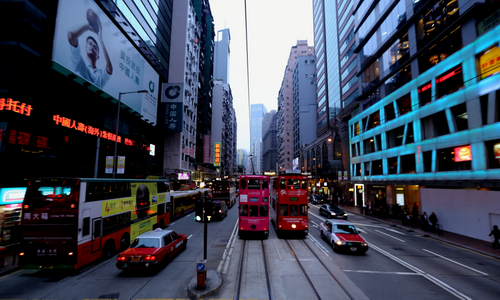
Moreover, the gem of all trams in Hong Kong is the Peak Tram that delivers tourists directly up to the Sky Terrace of Victoria Peak. The views along the way are simply magnificent! It is the oldest form of public transport in the territory, but it is now still on the list of top things to do in Hong Kong. Avoid going on Sunday and public holidays when there are usually long queues.
There are four main ways to transfer from the airport, either by taxi, bus, hotel shuttle bus or MTR train. Hong Kong Airport Express is definitely the quickest way to travel from HKIA to downtown area. The MTR line start operation from 05:50 to 01:15 next day with an interval of 12 minutes, by which you could travel through the 35.3km long journey in 24 minutes. Beside a single ticket, you could buy an Airport Express Travel Pass that have one or two rides on the airport express plus 3 day MTR pass.
Hong Kong Airport is also connected to downtown by a lot of public bus routes, which is comfortable and relatively inexpensive. They are great options if you know which one to ride on and where to get off. There are many shuttle buses running from HKIA to downtown hotels directly. If your destination is one of them or near one of them, the airport shuttle buses might be the most convenient way.
Many visitors would simply hop in a taxi and zoom off to downtown after arrival, and indeed taxis offer a fast and flexible service to and from the airport, while the fare is much higher than any other means of transport.
The pleasure of using public transportation to travel around Hong Kong mostly comes from the convenient payment method via the Octopus Card. It is a stored-value card that could be widely used on most forms of transport and places, such as MTR, buses, ferries, trams, and 7/11 convenience stores as well as some restaurants.
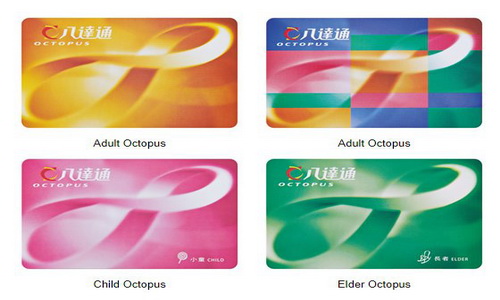
You can purchase the card at any of the MTR stations and most convenience stores. The fare paid by the card is about 5% cheaper than the money you spend for every single journey. And you never need to queue to get a ticket from the vending machine. A tourist Octopus Card requires a refundable HK$50 deposit, and you could top up the card with value according to the length of your stay. You can also be refunded the initial HK$50 if you return the card in the airport before your leaving as long as the card is in good condition.
Especially for short-term travelers who arrive and depart via airway, there is a perfect alternative to save you money and enjoy the convenience. It is called Hong Kong Airport Travel Pass which actually functions the same as Octopus card if you recharge it. It includes one or two airport express single journeys and 3 consecutive days of unlimited rides on MTR. It requires a refundable HK$50 deposit, too.

